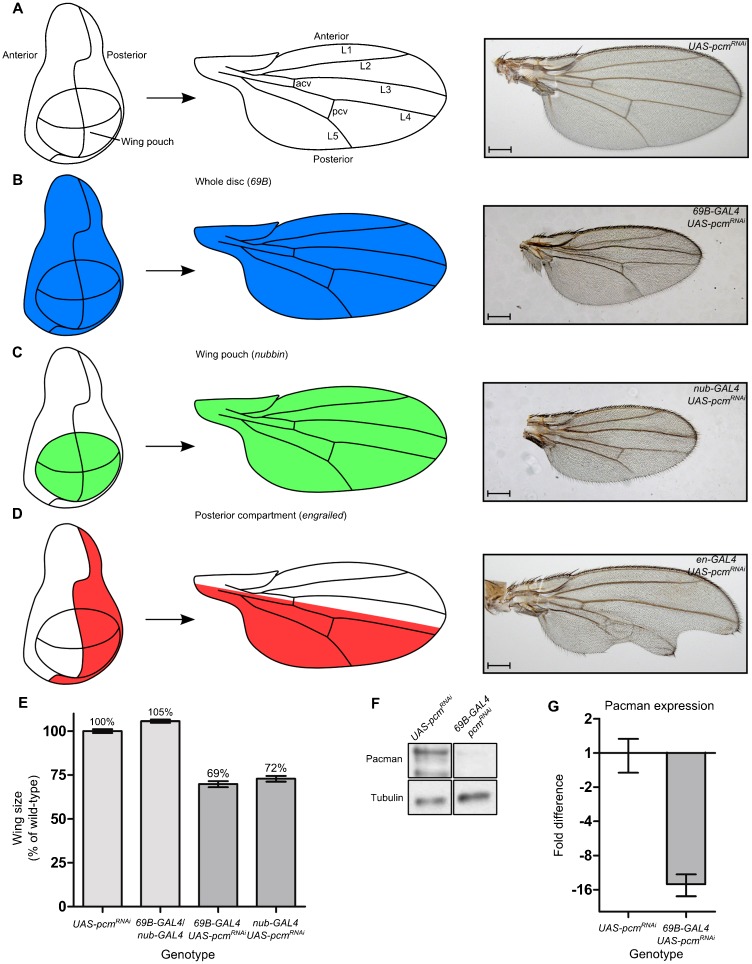Fig. 5. Knockdown of pacman using RNAi specifically within the wing imaginal discs results in smaller wings and wing vein defects.
(A) Diagrammatic representation of a wing imaginal disc fate map forming the adult wing and a typical wild-type wing. (B) Knockdown of pacman throughout the wing imaginal discs using 69B-GAL4 leads to smaller wings and wing vein defects including loss of the anterior cross vein (94%), shortened L5 (8%) and shortened posterior cross vein (6%); (n = 49). (C) Knockdown of pacman specifically in the wing pouch using nub-GAL4 also leads to smaller wings and also wing vein abnormalities such as loss of the anterior cross vein (100%), and a shortened L5 vein (40%); (n = 33). (D) Knockdown of pacman specifically in the posterior compartment of the wing imaginal discs using en-GAL4 leads to defects in the posterior of the adult wing, The most common phenotypes recorded were blisters (66%), notches/loss of tissue (62%), and wing veins abnormalities, such as shortened L5 (19%) or branching of the posterior cross vein (13%) (n = 818). Scale bar represents 200 µm. (E) Wing sizes in 69B-GAL4/UAS-pcmRNAi and nub-GAL4/UAS-pcmRNAi wings compared with their parental controls. (n≥33, error bars represent 95% confidence limits. p<0.001 for all comparisons except between 69B-GAL4/UAS-pcmRNAi and nub-GAL4/UAS-pcmRNAi where p<0.05.). (F,G) Western blotting experiments to quantitate Pacman expression in 69B-GAL4/UAS-pcmRNAi wing imaginal discs, show that it is knocked down almost 16 fold when compared to the UAS-pcmRNAi parental control. (n = 3, error bars represent standard error.)

